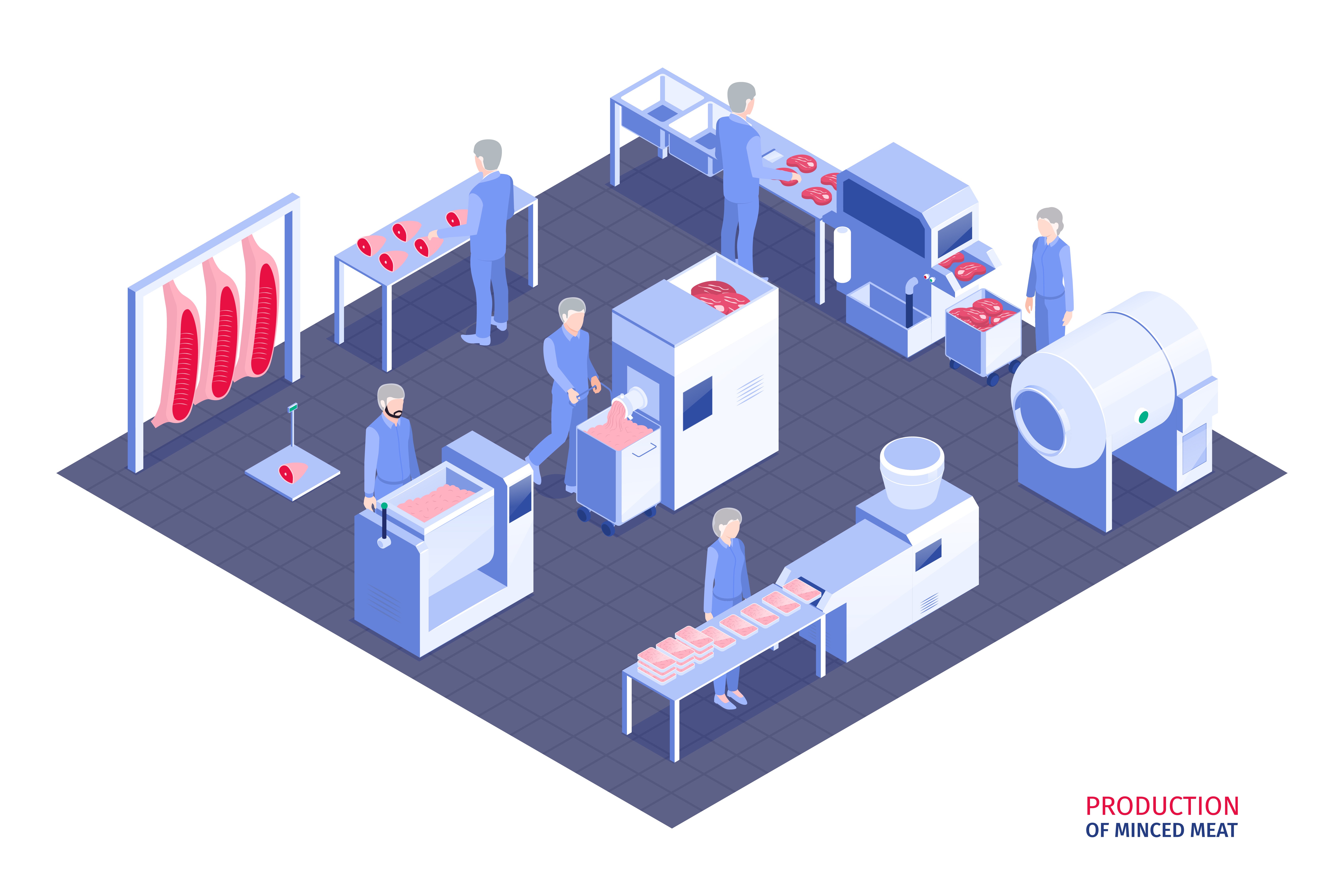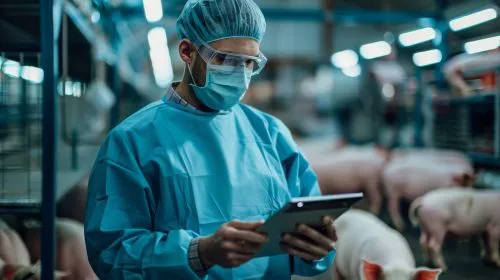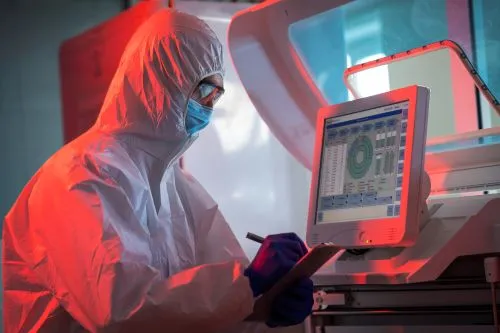851

According to Eurostat data (2023), Romania had approximately 570 active meat processing units, of which less than 20% are fully automated.
The meat processing industry recorded an 8.4% increase in turnover in 2022, but it is currently facing a labor shortage estimated at 18,000 vacant positions, according to the National Institute of Statistics (INS) and the Romanian Food Industry Employers’ Association.
The automation of deboning, packaging, and labeling processes has a direct impact on operational efficiency. Studies conducted by Marel indicate a 25% increase in cutting productivity in facilities that implement automated equipment compared to manual ones. At the same time, raw material losses are reduced by up to 12% due to robotic precision.
For example, a slaughterhouse in Satu Mare County that implemented a fully automated packaging and labeling system in 2023 (investment value: €480,000) reported a 38% reduction in processing time per unit and a 17% increase in monthly processing volume.
Data from EIP-AGRI suggest that investments in automation are typically recouped in 2.1–2.6 years, depending on the size of the processing flow. These solutions also improve traceability by integrating with digitalized ERP and HACCP systems, which are essential for export to demanding markets (e.g., Germany, France, the Nordic countries).
Through automation, Romania’s meat industry can become more competitive in the context of rising labor costs and increasingly strict quality and hygiene standards.
(Photo: Freepik)




